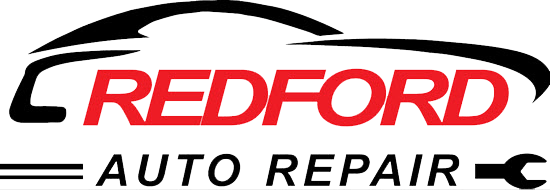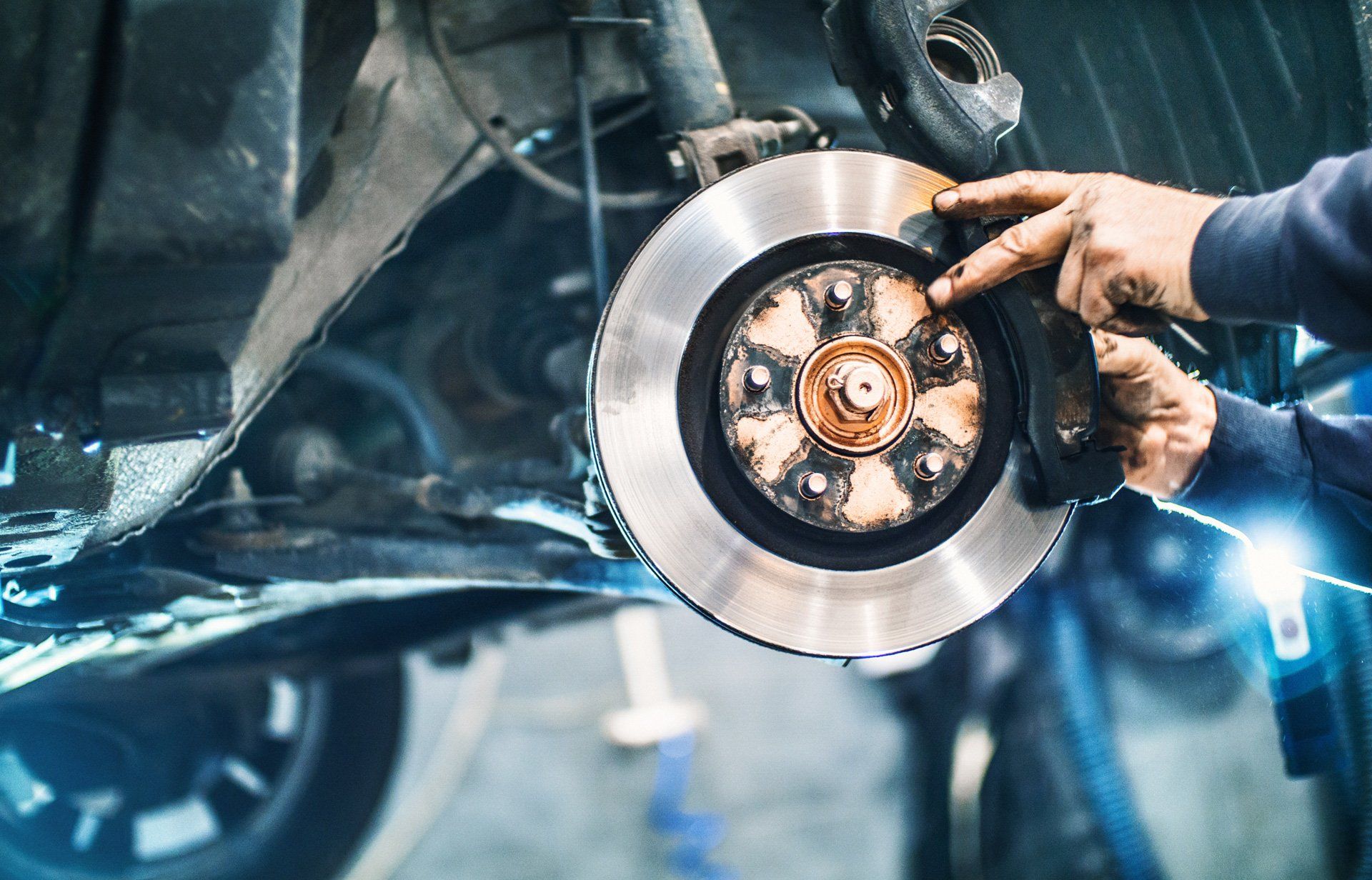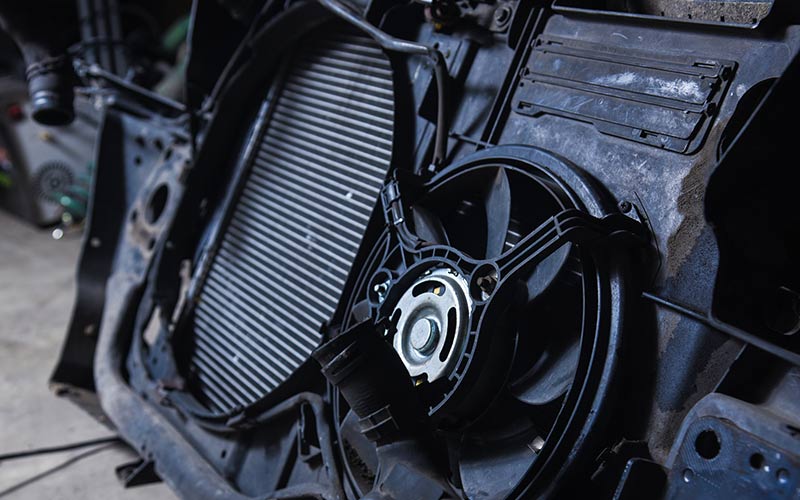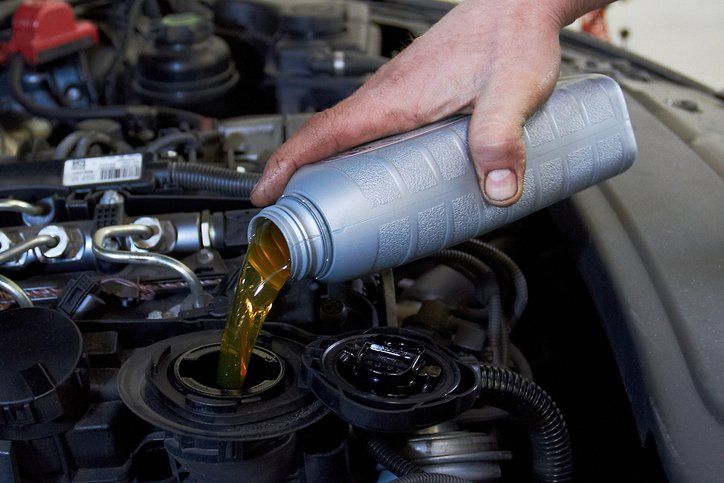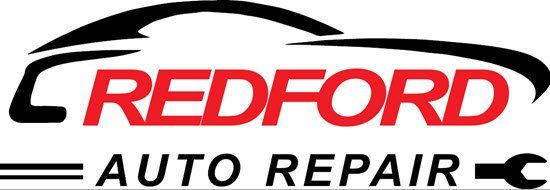Learn the Basics of Your Car's Tire Specifications
- By Admin
- •
- 21 Oct, 2019
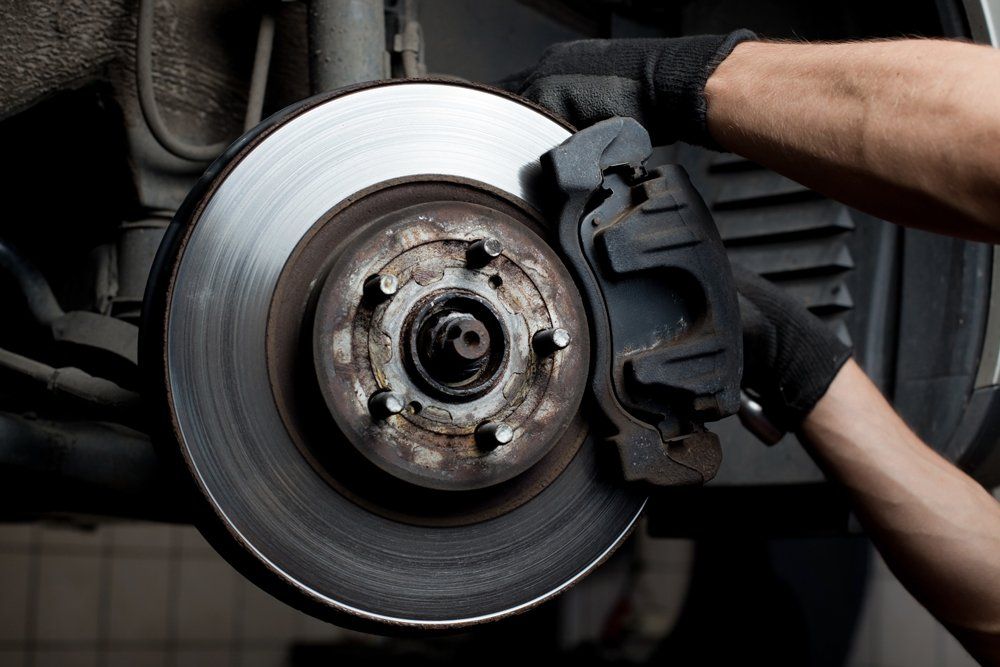
When buying new tires, your biggest concern may be the cost. However, many other factors should affect your decision, such as how often you will be driving, whether you will be towing items, and what weather conditions you will be driving in.
To help you find the most suitable tires for your vehicle, you should learn the basics of tire specifications. These codes are branded on the side of tires. But they are meaningless unless you can understand what they stand for.
What are Some Examples of Tire Specifications?
Tire specifications can tell you how tall and wide your tires are. They also can tell you which kinds of cars the tires are suited for, which types of weather they are suited for, and the recommended air pressure.
If you take a look at your tires, you may see a combination of numbers and letters, such as P235/45R19 100 V M+S.
The first letter designates which kind of vehicle this tire can fit on. P stands for a passenger vehicle, like a sedan. LT stands for light truck, meaning that those tires can be used for pick-up trucks, SUVS, and other vehicles that can tow or carry more weight.
The next number indicates the tire width (in millimeters), and the number after that indicates the ratio between the sidewall height and width.
If your tire has an R, D, or B followed by a number, then that information will tell you the tire's construction rating. Most tires today have a radial construction, or R. Since the sidewalls and treads of radial tires work as two independent features instead of using overlapping rubber plies, they are able to withstand more internal air pressure and weight.
Due to their durability, radial tires are used more often compared to bias ply (D) or belted (B).
After the construction information, you may see the speed rating. Speed ratings on your tires should match your vehicle's top speed capabilities.
Lastly, you may see additional numbers for the ideal air pressure. Or you may see letters like M+S. These letters indicate that the tires are built for mud and snow, meaning that they can be used as winter tires and do well in poor weather conditions.
How Can You Use Tire Specifications to Your Advantage?
While the dealership that you bought the car from may have tire recommendations for your make and model, you may want to get tires from a third-party auto service. It's important that you go into the auto shop knowing what you're looking for. You could use your previous tires as a guide, or you can use the recommended specifications for your vehicle.
The recommended specifications are listed in your owner's manual, and they are often listed on either the
- The driver side door jamb
- The glove box
- or The gas tank cover
If you compare the recommended specifications to your current tires, you may find that your tires aren't in the right range for your vehicle. You will want to take advantage of the recommended specifications so you can avoid common pitfalls.
For example, using the wrong tires can cause premature wear or bald tires. If your tires are wearing prematurely or unevenly, this can lead to alignment issues that will need to be fixed by an auto shop.
If you've been driving with tires in inclement weather and they aren't certified for mud and snow, then you could be putting your life and others at risk if you lose control of your vehicle. Even if you have good tires for winter, you must pay attention to the other specifications as well. For instance, some tire chains cannot be put on tires that are too large or else the wheel well will be damaged.
Besides measurements, don't forget about the recommended air pressure. Tires that aren't adequately filled can cause your car to hydroplane.
As you can see, by taking advantage of the recommended tire specifications you will avoid premature wear and tear on your car, and you can make your car easier to handle and safer to drive.
Contact Redford Auto Repair if you need help finding the right tires for your vehicle.